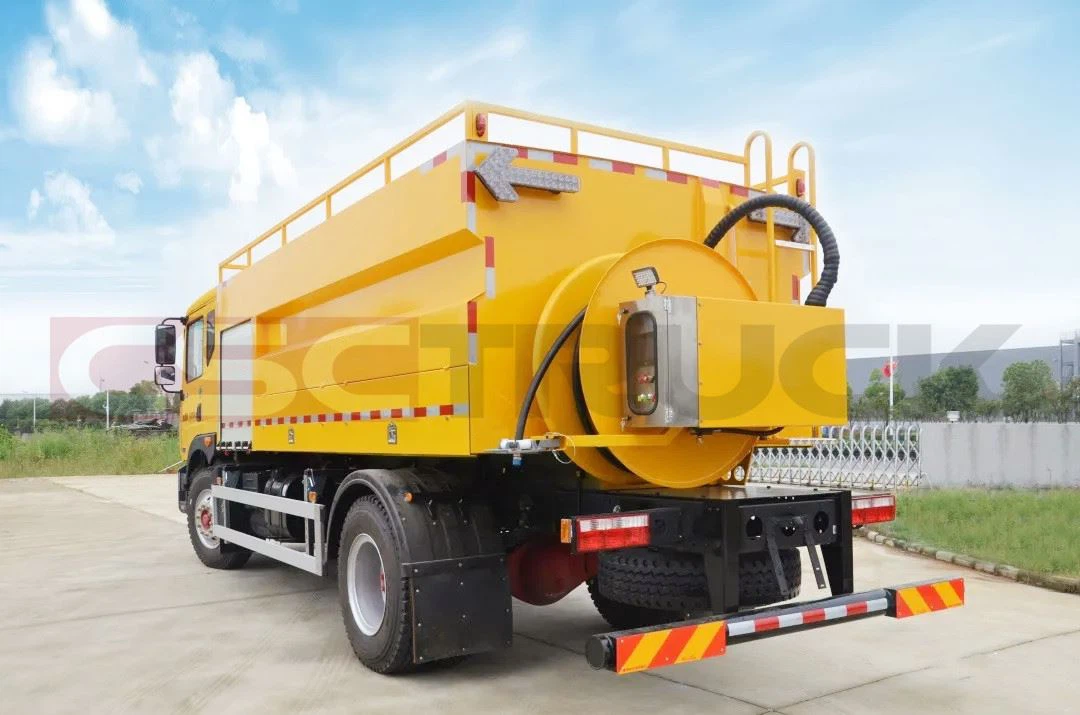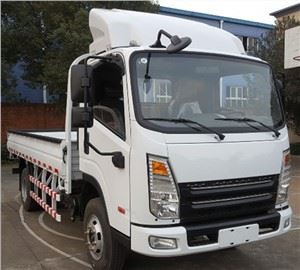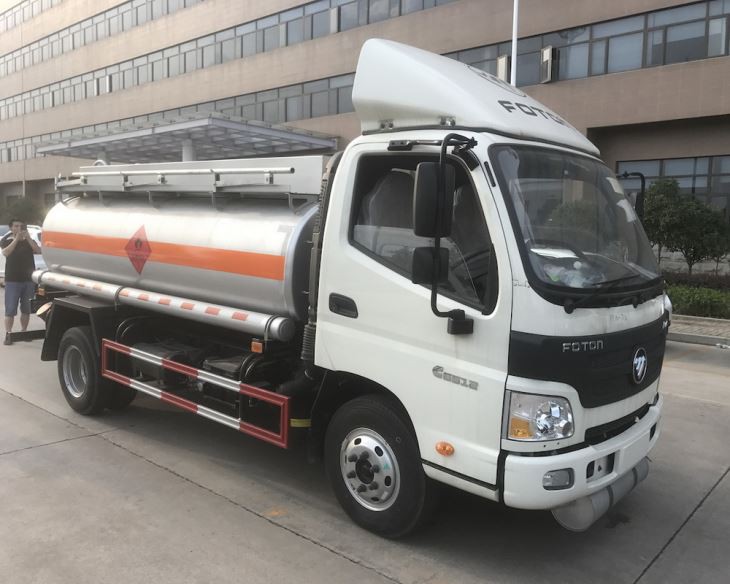Understanding Light Commercial Vehicles: Everything You Need to Know

Introduction
Light commercial vehicles (LCVs) play a critical role in various industries, serving as the backbone for many businesses. From small delivery operations to larger logistics firms, they provide flexibility, efficiency, and cost-effectiveness. This article will delve deep into what light commercial vehicles are, their types, benefits, and uses, while also providing practical advice for businesses considering incorporating them into their operations.
What are Light Commercial Vehicles?
Light commercial vehicles are defined as vehicles with a gross vehicle weight rating (GVWR) of up to 3.5 tons. They are typically used for transporting goods and services, making them essential for trades, logistics, and various service industries.
Classification of Light Commercial Vehicles
Light commercial vehicles can be categorized into several types, each designed for specific functions. Common categories include:
- Vans: Enclosed vehicles for transporting goods, available in various sizes.
- Pickups: Vehicles with an open cargo area, ideal for transporting heavier loads.
- Minibuses: Passenger-carrying vehicles for small groups, often used in tourism.
- Chassis Cabs: Vehicles with an open chassis, allowing customization for different applications.
Benefits of Using Light Commercial Vehicles
Investing in light commercial vehicles can bring numerous benefits to businesses. Some key advantages include:
1. Cost-Effective

LCVs typically have lower initial purchase costs and better fuel efficiency than larger commercial vehicles, making them suitable for small to medium-sized enterprises.
2. Versatility
The ability to customize LCVs for different applications means they can be tailored to meet specific business needs, from delivery services to trades.
3. Maneuverability
Due to their smaller size, LCVs can easily navigate congested urban areas, making them a practical choice for businesses operating in city environments.
4. Eco-Friendly Options
Many manufacturers are now offering electric and hybrid LCVs, which help businesses reduce their carbon footprint while promoting sustainable practices.
Common Uses of Light Commercial Vehicles
Light commercial vehicles are utilized across various sectors. Some primary uses include:
1. Delivery Services
LCVs are often employed for last-mile delivery services, providing a reliable option for transporting goods to end customers.
2. Construction and Trades
Construction companies utilize LCVs to transport tools and materials to job sites, with certain models designed explicitly for carrying heavy loads.
3. Food and Beverage
Light commercial vehicles are widely used in the food and beverage industry for delivery and catering purposes, often equipped with refrigeration units.
4. Public Services
Many municipalities use LCVs for public service roles, ranging from street maintenance to community outreach, ensuring efficient operation delivery.
Factors to Consider When Choosing a Light Commercial Vehicle
Selecting the right LCV involves numerous factors. Here are some essential considerations:
1. Payload Capacity
Evaluate the amount of weight you will regularly transport. Choose a vehicle with a suitable payload capacity to avoid overloading.
2. Fuel Efficiency
Look for vehicles that offer optimal fuel economy. This will lower your operational costs over time.
3. Maintenance Costs
Research the typical maintenance costs associated with the vehicle model you’re considering, as these can vary widely from one brand to another.
4. Resale Value
Consider the vehicle’s potential resale value, as certain brands and models hold their value better than others.
Comparison of Popular Light Commercial Vehicles
| Vehicle Model | Payload Capacity (kg) | Mileage (km/l) | Starting Price (USD) |
|---|---|---|---|
| Ford Transit Connect | 600 | 15 | $25,000 |
| Mercedes-Benz Sprinter | 1000 | 12 | $40,000 |
| Ram ProMaster City | 700 | 14 | $24,000 |
| Nissan NV200 | 650 | 14 | $22,000 |
Maintenance Tips for Light Commercial Vehicles
To ensure the longevity and efficiency of your light commercial vehicle, consider the following maintenance tips:
1. Regular Inspections
Schedule routine inspections to catch potential issues early, keeping your vehicle in optimal condition.

2. Change Oil and Filters
Regularly change the engine oil and filters based on the manufacturer’s recommendations to ensure peak performance.
3. Tire Maintenance
Check your tire pressure monthly and ensure proper tread depth. Rotate tires every 10,000-15,000 km to promote even wear.
4. Brake Checks
Inspect the brakes regularly and replace worn-out parts promptly to maintain overall safety.
Financing Options for Light Commercial Vehicles
Several financing options are available for purchasing light commercial vehicles. Understanding these can help you make an informed decision:
1. Buying Outright
If capital is available, purchasing the vehicle outright can eliminate future repayment obligations and interest costs.
2. Financing Loans
Many banks and credit unions offer financing loans specifically for commercial vehicles, often with competitive interest rates.
3. Leasing
Leasing a light commercial vehicle can provide flexibility and lower monthly payments, allowing you to upgrade your fleet regularly.
Light Commercial Vehicles: Trends and Innovations
The light commercial vehicle market is continuously evolving. Recent trends and innovations include:
1. Electrification
Electric LCVs are gaining attention for their environmental benefits and cost savings from fuel consumption.
2. Advanced Telematics
Many modern LCVs come equipped with telematics systems that provide real-time data on vehicle performance and tracking.
3. Autonomous Features
The introduction of driver-assistance technologies aims to improve safety and efficiency, which could revolutionize how LCVs are operated.
FAQ Section
1. What is the typical lifespan of a light commercial vehicle?
The average lifespan of a light commercial vehicle can range from 10 to 15 years, depending on usage, maintenance, and care.
2. Are light commercial vehicles suitable for long-distance travel?

While LCVs can be used for long-distance journeys, their main advantage lies in short-haul operations, particularly in urban settings.
3. How can I improve fuel efficiency in my light commercial vehicle?
To improve fuel efficiency, maintain proper tire pressure, reduce unnecessary weight, and schedule regular maintenance checks.
4. What are the best light commercial vehicles for small businesses?
Popular choices for small businesses include the Ford Transit Connect, Ram ProMaster City, and Nissan NV200, known for their reliability and cost-effectiveness.
5. Do light commercial vehicles require special insurance?
Yes, LCVs typically require commercial vehicle insurance, which provides coverage for business-related vehicle use.
6. Can light commercial vehicles be used for ride-sharing services?
Some models can be adapted for ride-sharing services, especially minibuses or vans designed for transporting larger groups of passengers.
